الباحث عبدالهادي مناع العمري
الملخص
هدفت الدراسة إلى التعرف على اثر إدارة الموارد البشرية الخضراء على إدارة الأزمات في مستشفيات القطاع الخاص في مدينة الرياض. استخدمت الدراسة المنهج الوصفي التحليلي لتحديد العلاقة بين أبعاد إدارة الموارد البشرية الخضراء (الاستقطاب والتوظيف الأخضر، التدريب والتطوير الأخضر، تقييم الأداء الأخضر، والمكافآت والأجور الخضراء) وأبعاد إدارة الأزمات (الإنذار المبكر، الاستعداد والوقاية، احتواء الأزمة، استعادة النشاط، التعلم بعد الأزمة). شملت العينة 323 موظفًا من مختلف المستشفيات الخاصة في مدينة الرياض، وتم اختيارهم باسلوب المعاينة العشةائية. وتم استخدام الاستبيانات كأداة لجمع البيانات والتي تالفت من (45) فقرة، والتي تم تحليلها باستخدام برامج التحليل الإحصائي ( SPSS) ، وتم استخدام ادوات الاحصاء الوصفي والتحليلي مثل الوسط الحسابي والانحراف المعياري وتحليل الانحدار البسيط والمتعدد لتحليل البيانات . وأظهرت نتائج الدراسة أن هناك بين أبعاد إدارة الموارد البشرية الخضراء وأبعاد إدارة الأزمات، حيث تبيّن أن الاستقطاب والتوظيف الأخضر كان له تأثير كبير على إدارة الأزمات في المستشفيات الخاصة. كما بينت النتائج أن التدريب والتطوير الأخضر، تقييم الأداء الأخضر، والمكافآت والأجور الخضراء كانت جميعها لها تأثير معنوي في تحسين قدرة المستشفيات على التعامل مع إدارة الأزمات. كما أن أبعاد إدارة الأزمات مثل “احتواء الأزمة” و”الإنذار المبكر” جاءت في مقدمة الأبعاد ذات الأهمية الأكبر، مما يعكس ضرورة تعزيز قدرة المستشفيات على الاستجابة السريعة والفعالة للأزمات. استنادًا إلى نتائج الدراسة اوصت الدراسة بضرورة تطوير برامج تدريبية متخصصة لتحسين قدرة العاملين في المستشفيات على التعامل مع إدارة الأزمات من خلال التدريب المستمر على أبعاد “الإنذار المبكر” و”احتواء الأزمة”. كما يُنصح بتعزيز استخدام التكنولوجيا في عمليات “الإنذار المبكر” لتحسين رصد المخاطر وتحديد الأزمات بشكل مسبق. كما ويجب على المستشفيات الخاصة تحسين استراتيجيات “الاستعداد والوقاية” لضمان الاستعداد الجيد لمختلف الأزمات.
abstract
The study aimed to investigate the impact of green human resource management on crisis management in private hospitals in Riyadh. The study employed a descriptive analytical approach to determine the relationship between the dimensions of green human resource management (green recruitment and selection, green training and development, green performance evaluation, and green compensation and rewards) and the dimensions of crisis management (early warning, preparedness and prevention, crisis containment, recovery, and learning after the crisis). The sample included 323 employees from various private hospitals in Riyadh, selected using a random sampling method. Questionnaires were used as a data collection tool, consisting of 45 items, which were analyzed using SPSS statistical analysis software. Descriptive and analytical statistical tools such as mean, standard deviation, and simple and multiple regression analysis were used to analyze the data. The results of the study revealed a significant relationship between the dimensions of green human resource management and crisis management. Specifically, it was found that green recruitment and selection had a major impact on crisis management in private hospitals. The results also showed that green training and development, green performance evaluation, and green compensation and rewards all had significant effects on enhancing the hospitals’ ability to manage crises. Furthermore, the crisis management dimensions of “crisis containment” and “early warning” were ranked as the most important, reflecting the need to enhance hospitals’ ability to respond quickly and effectively to crises. Based on the results, the study recommended the development of specialized training programs to improve hospital staff’s ability to manage crises, focusing on continuous training in “early warning” and “crisis containment” dimensions. It also recommended enhancing the use of technology in “early warning” systems to improve risk monitoring and early detection of potential crises. Additionally, private hospitals should improve their “preparedness and prevention” strategies to ensure better preparedness for various types of crises
